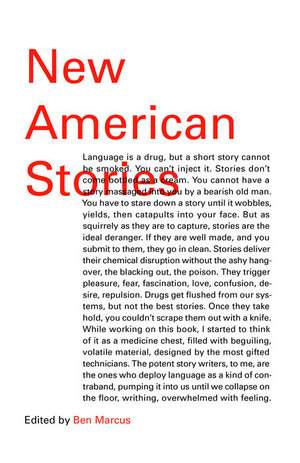Ben Marcus Curates Emotionally Devastating Tales in New American Stories
Author Photo by Jeremy Sutton-Hibbert/Getty ImagesThe best thing about talking with Ben Marcus is his infectious passion for stories. Reading fiction is his lifeblood—the part of living he cherishes. He’s the sort of person you’d gravitate toward for book recommendations, making the author and professor the ideal editor for Vintage’s collection of New American Stories.
The hefty tome includes 32 short stories from celebrated authors like Deborah Eisenberg and George Saunders to rising voices like Wells Tower and Rivka Galchen. Tales of realism rest alongside pieces of “mind-blowing experimentalism,” delivering a literary feast that will appeal to every palate.
Paste chatted with Marcus about making playlists (literary and musical), what it means to be an anthology editor and how making a character cry might be the worst way to make a reader care.
-

-

-

-

-

-

-

-

-

-

-

-

-

-

-

-

-

-

-

-

-

-

-

-

-

-

-

-

-

-

-

-

-

-

-

-

-

-

-

-

 Paste: In the introduction, you talk about making mixtapes back in the day. If you were to make a mixtape or playlist right now, what would be on it?
Paste: In the introduction, you talk about making mixtapes back in the day. If you were to make a mixtape or playlist right now, what would be on it?






































